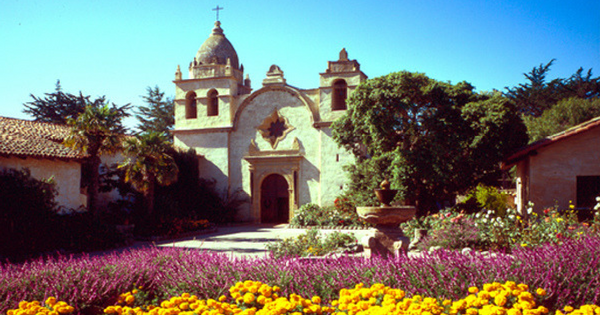Look at the beautiful experience you are missing! From their humble, thatch-roofed beginnings to the stately adobes we see today, the missions represent a dynamic chapter of California’s past. We personally think there ‘s nothing more exciting than history, up close and personal.
By the time the last mission was built in 1823, the Golden State had grown from an untamed wilderness to a thriving agricultural frontier on the verge of American statehood.
Now that you have a little bit of background, let’s talk about the missions themselves.
Spanish Missions in California
The 21 missions that comprise California’s historic mission trail. All are located on or near Highway 101, which roughly traces El Camino Real or The Royal Road. Apply named in honor of the Spanish monarchy which financed the expeditions into California in the quest for empire.
From San Diego to Los Angeles, the historic highway is now known as Interstate 5. Then from Santa Clarita to San Francisco, the road is called State Highway 82. Continuing on north of San Francisco, Highway 101 again picks up the trail to the Mission at San Rafael. From there, State Highway 37 leads to the last Mission at Sonoma.
Historic El Camino Real
Need help planning your trip to visit the California Missions? Get your California Missions map to visit all 21 historic missions. The first leg of El Camino Real was forged by General Gaspar de Portola on his journey from San Diego to find Monterey Bay. Tracing his path, missionaries, colonists, and soldiers all traveled its dusty stretches. It was the only road between the few civilized outposts.
The road was later identified with the missions because the Padres maintained the roadway and offered hospitable lodging to all. It served as the north-south stagecoach route after California became a state in 1850. In the 1920s, bronze mission bells were placed along the highway to let motorists know they were traveling the historic El Camino Real.
Largely reconstructed after the ravages of time, weather, earthquakes, and neglect, most of the missions still operate as active Catholic parishes, with regularly scheduled services, hours of operation and fees may vary.
